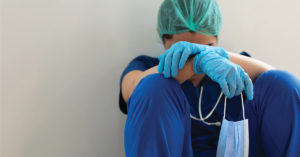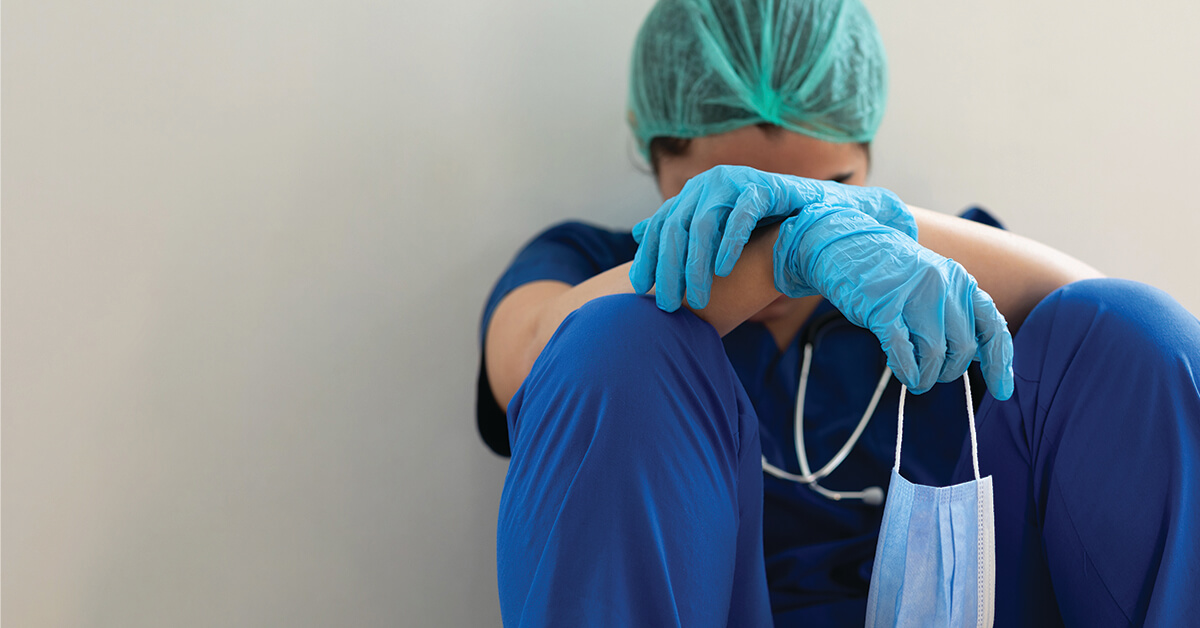
According to the NIH, pre-pandemic, physicians experienced high levels of stress, compassion fatigue and burnout, all of which contribute to depression. Now,
the AAMC reports burnout rates among frontline physicians at over 60%, up from 40% two years ago. Of concern, depression is a clear risk factor for suicide. A 2020 NIH study found almost 25% of physicians reported suicidal ideation or impulses in the prior 12 months.
Depression among doctors proves more problematic than with the general population due to greater reticence to self-disclose and seek assistance. While there are self-care strategies that alleviate depression, including regular exercise, restorative sleep and downtime, proper nutrition and nature immersion, many physicians find it challenging to apply these consistently.
To neutralize the stigma of reaching out for assistance, some healthcare organizations provide easily accessible resources, such as employee assistance programs (EAP), as well as peer support initiatives.




